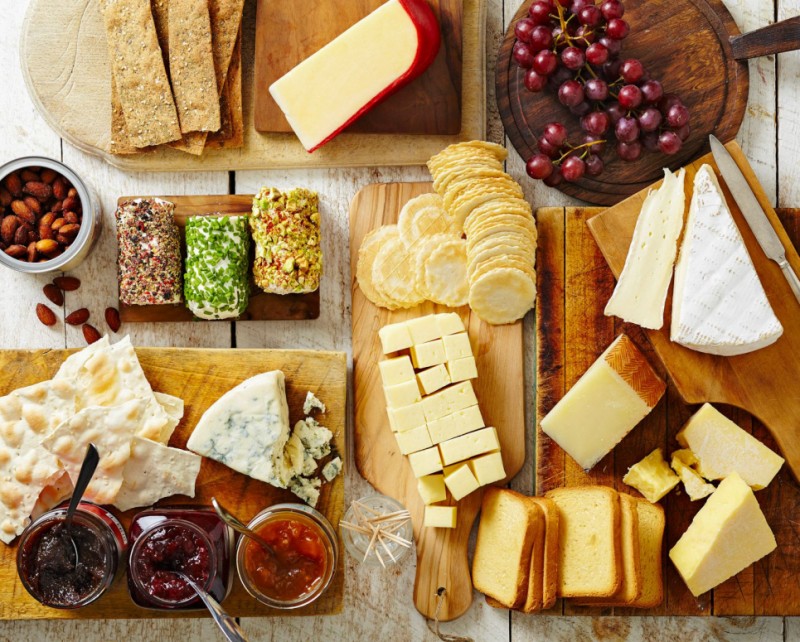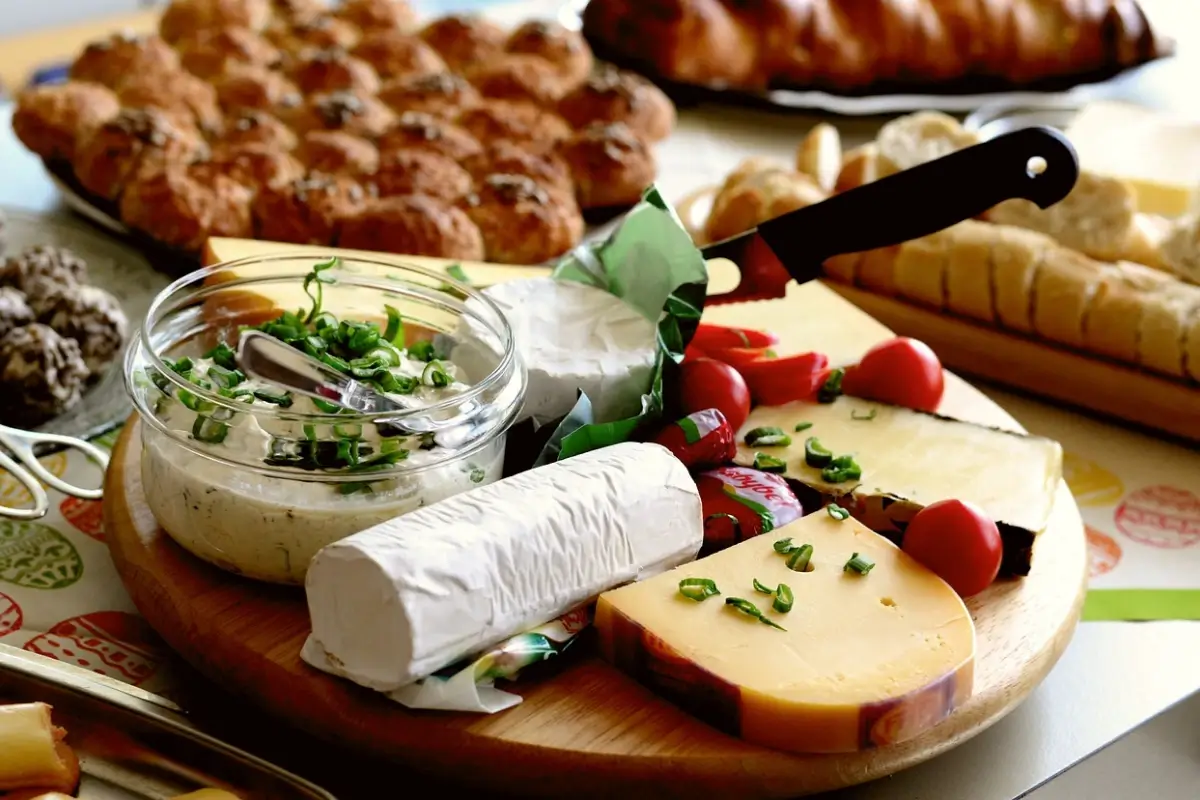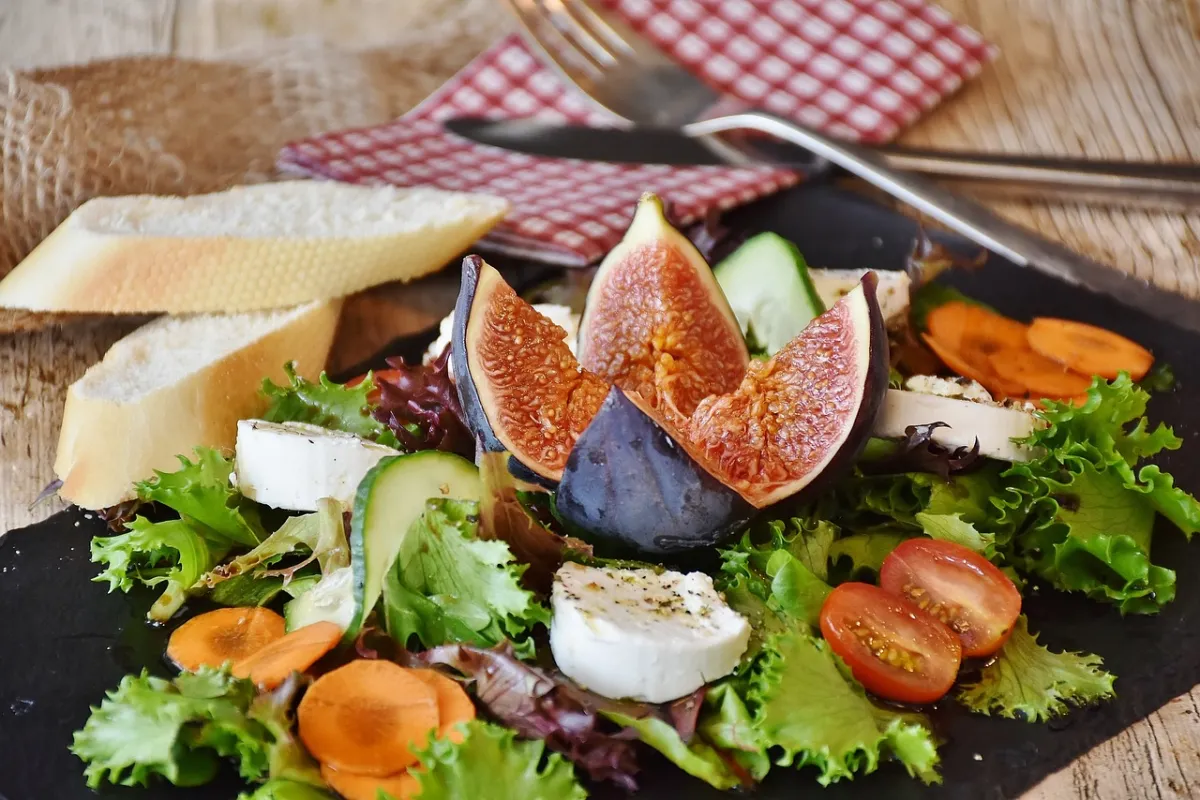How to Make a Special Cheese Plate?
It’s always a good idea to welcome guests with an assortment of delicious cheeses, especially when they’re perfectly paired with a glass or two of wine. Whether you’re honing your skills at an accredited culinary school or just inviting a few friends over, you’ll be putting a smile on everyone’s face with a wide variety of delicious and intriguing textures. Even better if you also have a well-planned grilling board on hand. The following four tips will ensure your cheese plate truly stands on its own.
1. Choose a balanced breed
First and foremost, you need to figure out what cheeses are right for the occasion and that they complement each other. A cheesemonger can provide valuable advice on bringing together premium flavors and introducing guests to cheeses they may never have tasted. Suggestions include hard to soft, fresh to mature samples. Serve food on corresponding plates so guests can transition from fresh, relatively mild flavors to increasingly aged and full-bodied flavours. For example, you can start with a fresh chevre goat cheese and finish with a rich blue cheese like Roquefort.
The Food Network points to a few other ways that might help narrow down your options. If serving a cheese plate as an appetizer, emphasize lighter options such as feta cheese. On the other hand, a plate as the only dish or after dinner calls for a stronger flavor. Consider setting a theme, such as drawing all items from a specific geographic area or a family of cheeses. You can mix a variety of dairy products, including at least one type of cow’s milk, goat’s milk, and goat’s milk, or focus on just one type.
2. Get the portion size right
Everyone at the table will appreciate the opportunity to fully enjoy several different cheeses. On the other hand, you should be careful not to overfill your plate—especially if dairy is the starter. If there is too much food on a plate, it will be difficult for people to get the slice they want with their hands.
Simple allocation guidelines are provided here. When it comes to appetizer plates, you don’t need to serve more than 3 or 4 ounces of cheese per person. However, if you’re serving a wine-and-cheese-focused party, aim for three extra pounds to satisfy every eight people. That means you can serve 6 pounds of cheese to 16 guests, or 9 pounds to 24 guests.
3. Perfect display
When everyone is reaching for their favorite items, the cheese plate can quickly turn into an unattractive mess. That’s why it’s important to set things up within easy reach and minimize the chance of cross-contamination. Take the cheeses out of the fridge about an hour in advance so you can finish your prep and let them come to room temperature.
Western Food Chef explains that you should slice each cheese ahead of time, not just stick a knife in it. Use a wire slicer for clean cuts of soft, brittle cheeses. Always clean cutting tools to avoid mixing flavors.
4. Choose the ideal side dish
Once you have selected and arranged your assortment of premium dairy products, you must decide what to serve with them. Offering a range of sweet, savory, and savory snacks can enrich the flavors of cheese and make the overall experience more satisfying. Some variety options are recommended, such as dried fruits and nuts, olives, and pickles, as well as more specialty options. Think about where the extras go on your plate, making sure each one goes well with the cheese.
Also serve plenty of bread or biscuits. When fresh baguette is paired with a variety of cheeses, Western chefs warn it can become stale and crumbly. If you want your guests to snack throughout the evening, thinner cookies might be a better choice. Prepare a jam and a mustard and let them try it too.
A well-chosen cheese plate can captivate partygoers or make a great start to a restaurant dinner. Use the skills you learn to make your plate unique and memorable.
2023-04-13





